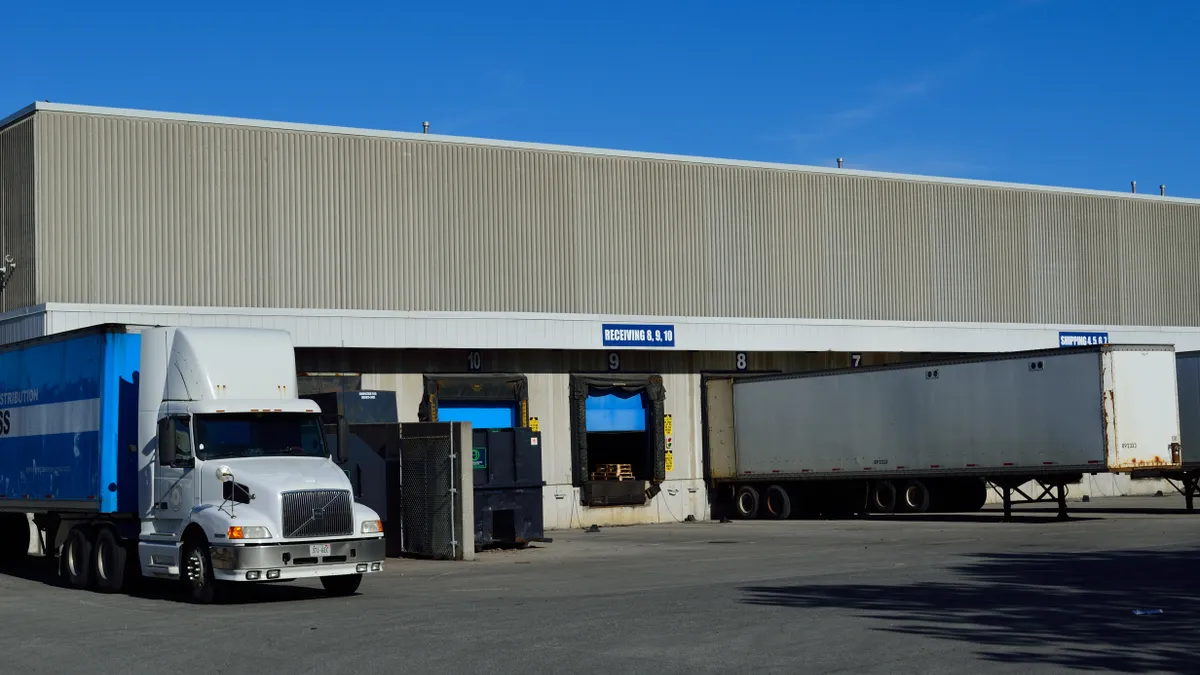Cold storage — it's what keeps frozen and refrigerated foods from spoiling while they make their way to the consumer. And, according to a new report from CBRE, demand for new cold storage facilities is on the rise, driven by a variety of factors including a 24% increase in food sales during the last five years, outsourcing of food storage and distribution and an increase in direct-to-consumer sales by online grocers.
However, there are challenges both in the development and building of these facilities that have put constraints on the new construction that is needed to keep pace with demand.
Thus far, according to CBRE, the cold storage industry has not proven to be attractive enough to speculative developers given the high cost, complex construction process and relatively few contractors with the necessary expertise.
So, what makes a cold storage project so different from any other warehouse project?
First, they cost about two to three times more to build than a standard warehouse. This is because cold storage buildings are about 6 feet to 24 feet higher, which, according to Matthew Walaszek, associate director of industrial and logistics research at CBRE, is partially due to the space needed for higher volume material handling and other logistical and operations issues.
Cold storage facilities also take about five months longer to build because of the complex metal panel construction method that is typical of these projects and require specialized refrigeration and other equipment.
The quick sourcing of all the specialty building materials needed for these projects — vertical dock levelers, which keep temperatures regulated, fire protection equipment and ammonia systems for refrigeration or package units — is also a challenge, Walaszek told Construction Dive.
Moving forward
But these factors are not prohibitive enough to keep the industry from moving forward with more of these projects. CBRE estimates that there is about 4.5 million square feet of new cold storage space either underway or recently completed, making up about 1.5% of total U.S. industrial construction as of June 30.
However, it's not just new construction that is keeping cold storage contractors busy.
KC Williams, COO at Primus Builders in Woodstock, Georgia, said there is also a push on the part of owners of older facilities to modernize and expand. The CBRE report lists Primus as one of the recognized experts in cold storage construction.
Primus has also developed an in-house automation planning team that works in coordination with its design-build service, which, Williams said, puts the company in a position to take on more complex projects.
As for the limited pool of contractors, for decades, Williams said, the demand that would have necessitated a large number of contractors just wasn't there. Now that there is more construction activity in this space, owners and developers are feeling the pinch.
Another factor that limits the contractor supply, he said, is that there are relatively few specialty subcontractors in the cold storage niche. "We've found that in order to execute on these projects," Williams told Construction Dive, "you have to have dedicated team members like racking and refrigeration subcontractors."
Despite these challenges CBRE expects the number of cold storage construction projects to grow, not just in major metro areas but in smaller markets, as well, giving more contractors an opportunity to participate — as long as they're ready to take on the complexity that goes hand in hand with this space.














